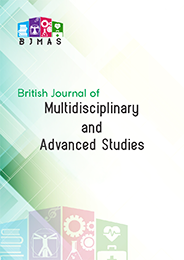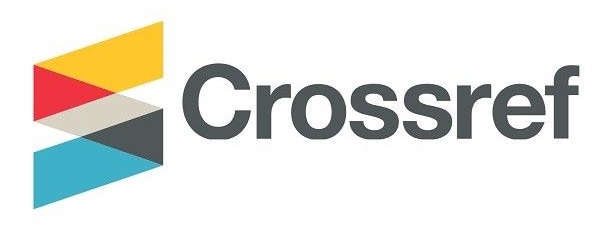Integrating Child Art as a Pedagogical Strategy for Teaching Science, Technology, Engineering and Mathematics at Early Childhood Development Level in Bulawayo Central District, Zimbabwe
DOI:
https://doi.org/10.37745/bjmas.2022.0286Abstract
As knowledge regarding human development and learning continues evolving due to the global influences it has created an undeniable opportunity in researching on contemporary educational practice. Science, Technology, Engineering and Mathematics (STEM) is influencing educational practice from basic to tertiary education. This study acknowledges that teachers are essential and direct agents to supporting early STEM learning. Thus, this study is predominately a qualitative research approach with an interpretive epistemological and constructivist ontological perspective. Data was collected through semi-structured interviews from ten purposively sampled Early Childhood Development (ECD) teacher participants and formal analysis of 30 child art production (visual analysis of artefacts). The study affirmed that, art practice at ECD is a compatible strategy for early STEM learning. It was found that ECD learners’ attitudes are receptive of art practice as a constructivist approach. The results revealed that teachers used learner development checklists and child art as a tool to measure learner development and progress in STEM. The findings of the study established that teachers and learners encountered challenges such as limited teaching and learning resources, lack of expertise among some teachers, parental interference and content overload. Despite the indicated challenges, the study concluded that the integration of child art as a pedagogical strategy enhanced imparting of STEM skills among learners at ECD level. The study recommended that the Ministry of Primary and Secondary Education should capacitate ECD teachers through professional development programmes that focus on ECD STEM learning and teaching.
Downloads
Downloads
Published
Versions
- 09-09-2023 (2)
- 09-09-2023 (1)












